How to Live Off the Grid: A Practical, Enjoyable Guide
ZacharyWilliamThinking about ditching utility bills and living closer to nature? Off-grid living can be simpler — and more rewarding — than you think.
1. What Does “Living Off the Grid” Really Mean?
Living off the grid means you’re independent from public utilities like electricity, water, and gas. Instead, you generate your own power, source your own water, and often grow your own food. For many, it’s not about escaping society — it’s about gaining freedom, reducing environmental impact, and living more intentionally.

2. Start with a Realistic Plan
Before you sell your house and head for the hills, start small. Try a weekend camping trip with only renewable energy sources. Keep a journal of what you use, what you miss, and what feels unnecessary. This “trial run” will help you build a realistic off-grid plan tailored to your lifestyle.
3. Choosing the Right Location
- Access to Sunlight: Essential for solar power generation.
- Water Sources: Rain catchment potential, wells, or nearby springs.
- Legal Requirements: Some areas have zoning laws or building codes for off-grid living.
- Community: Even off-grid, having supportive neighbors can be a lifesaver.
4. Powering Your Life
Most modern off-gridders rely on solar panels and battery storage systems. A portable power station, like the UDPOWER S1200, is perfect for beginners — it’s easy to set up, silent, and safe to use indoors. Over time, you can scale up to larger arrays and integrate wind or micro-hydro power.

Tip: Always have a backup power option for cloudy or low-wind days — even a small generator can prevent emergencies.
5. Water & Food
- Rainwater Collection: Gutters and food-grade storage tanks are a great start.
- Filtration: A gravity filter ensures safe drinking water.
- Gardening: Raised beds, composting, and seasonal planting give you fresh produce year-round.
- Livestock: Chickens for eggs, goats for milk — but only if you have time for daily care.
6. Comforts of Modern Life — Yes, You Can Keep Them
Living off-grid doesn’t mean living in the dark ages. Many people use solar-powered internet, energy-efficient appliances, and even mini-split heating/cooling systems. The key is matching your energy use to what your system can handle.
7. Challenges & How to Overcome Them
Even the dream life has its realities:
- Weather Dependence: Diversify power sources to handle cloudy weeks.
- Maintenance: Learn basic repairs — you’re your own electrician and plumber now.
- Storage: Plan for extra pantry and battery storage to handle seasonal changes.
8. Why It’s Worth It
Imagine waking up to the sound of birds, brewing coffee powered by the sun, and knowing that every watt you use comes from clean, renewable energy. You’ll save money in the long run, reduce your carbon footprint, and gain a level of independence few people experience today.
Final Thoughts
Off-grid living is a journey, not a one-week project. Start small, learn constantly, and celebrate each step toward independence. Whether it’s a balcony solar panel in the city or a full homestead in the mountains, every move toward self-sufficiency counts.
Next step? Explore our Battery Unit Conversion Tools to plan your perfect off-grid power setup.
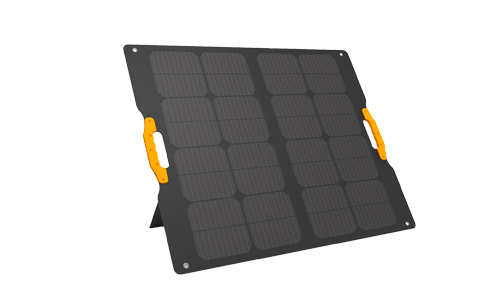
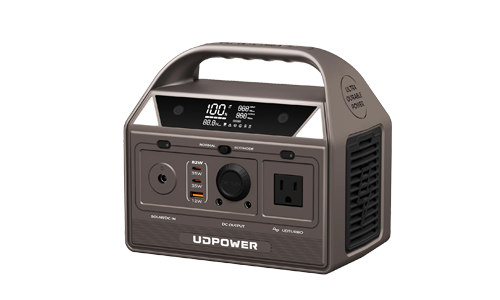
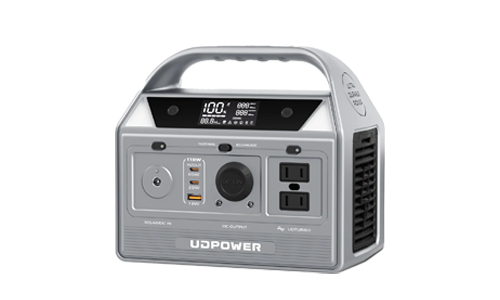
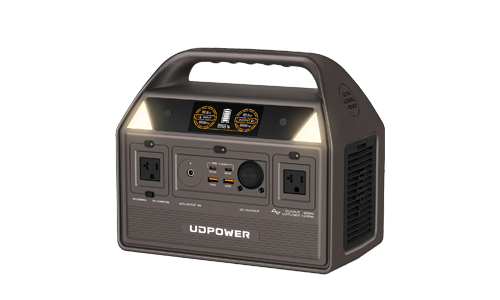
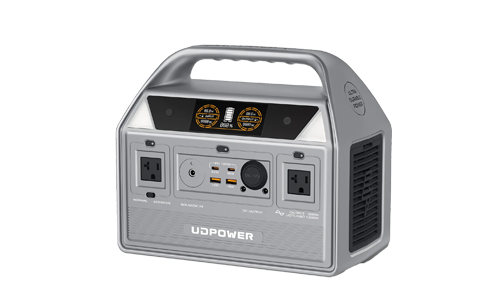


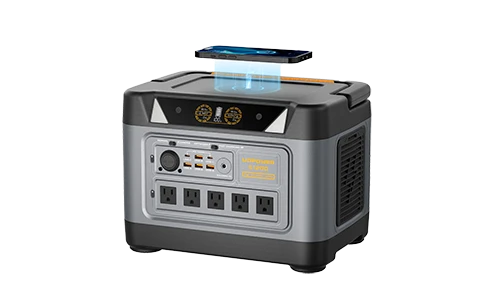
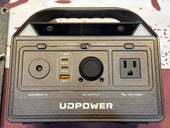
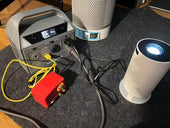
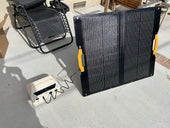
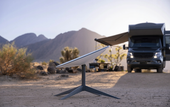

![How to Live In The Woods [Complete Guide]](http://udpwr.com/cdn/shop/articles/Off-Grid_Cabin_Option_f6c94fe7-1ae7-4c3a-baf5-ed9fe684c832.png?v=1763523215&width=170)

